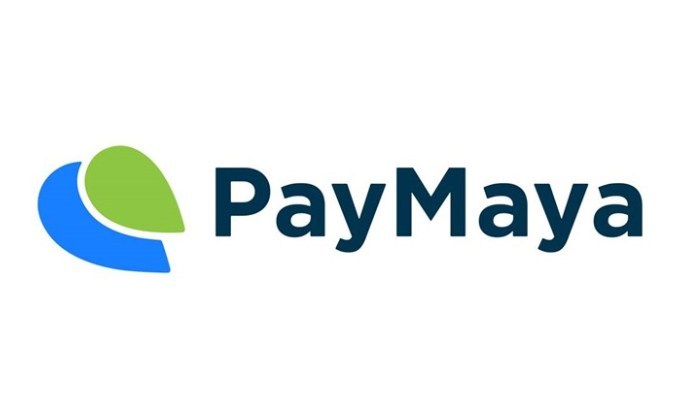Let’s keep social media fake news free – SARTiNE vows to fight fake news, urges the public to do the same
The steady rise in the usage of social media has indeed changed the landscape in the past elections and evidently how Filipinos receive the news. With roughly 89 million active social media users in the Philippines, the online platform has spread the news more rapidly than in recent years.

This phenomenon has also brought about the rise in unfiltered and unverified news that has become the source of debate for many social media users.
“We have to stay vigilant,” expresses Renesar Deunida, CEO of SARTiNE, a digital advertising agency focused on social media. “We have to be wary of fake news, and always make sure that the articles, videos, and posts that you read and share are backed by legitimate references from reputable news sources, or lifted from verified social media accounts. Fake news, obviously, is biased, fabricated, and published to favor someone or something while intentionally maligning another,” he explains.

With the growing number of Filipinos spending approximately 11 hours on the internet and 4 hours on social media (on average), the surfacing of “fake news” is inevitable.
Checking the source of information and cross-checking it with legitimate media sources is the first step to confirming if the article is real or fake.
It is quite easy to spot fabricated news over legit ones by checking the following technicalities:
1. Check the domain name and make sure that they have a professional domain name that matches their organization. Check the URL which usually contains the country of source or the purpose of the site.
2. Check the About Us or Contact Us page which contains crucial information on the company that owns the site.
3. Check the links if it works well. While broken links are common, legitimate news sites would have them fixed easily.
4. The web design reveals its legitimacy too. Poorly designed websites with too much color, fonts used, and poor use of white space with animated gifs are most likely created for free. Legitimate news sources will have a proper website and would hire a good web designer to make their site.
5. Learn more about the publication and the many stories that they have published. Read about the author or the editor who wrote the piece.
6. Triangulate information by counterchecking other sources to verify facts.
7. Remember that the article isn’t valid just because a good friend or a family member shared it with you.
“If you are doubtful of an article, video, post, or any content, never engage and never share that information. Have it fact-checked or reported to authorized fact-checkers. This way, we’ll be helping the online community from spreading fake news and malicious information,” Deunida stresses.
With this, SARTiNE IT Solutions has taken on the fight against the spread of fake news populated by trolls and amplified by bots. Deunida vows to continue patrolling social media and be on the watch for lies and propaganda.
“At Sartine, we make sure that all in our digital community groups are registered and verified, indicating the name of our company on each of our social media pages, complete with contact numbers and email addresses. This is to assure the public that all in our digital community are managed by a legally established company,” as assured by Deunida.
The company has a dedicated research team for each of the brands they work with to ensure the veracity of the information that goes to its community pages and the world wide web in general. The company also takes into consideration the sentiments of the netizens regarding political and economic issues that may help their clients and brands streamline their focus.
“Being an advertising agency, I love seeing people putting their sentiments out on social media, especially about our country. Public sentiment is the most powerful information to run a social media campaign—and thereby, manage a government—because it provides you with their opinions, what they want, what they need, and how they feel,” he says.
Social media platforms are now used as the “eyes and ears” of the public in observing how the government is performing. Social media has become the platform of the people — their opinions, their observations, and concerns.
“We can choose to acknowledge the government and our leaders if they are doing a good job in providing for the needs of the people. We can also use our platforms to express our disappointments and concerns. Either way, social media is the voice of the people and all elected officials must listen, and that is why all of us would have to work hand in hand to ensure its legitimacy” Deunida stresses.
Follow me on Twitter at @thefanboyseo for more geek news and updates!

















